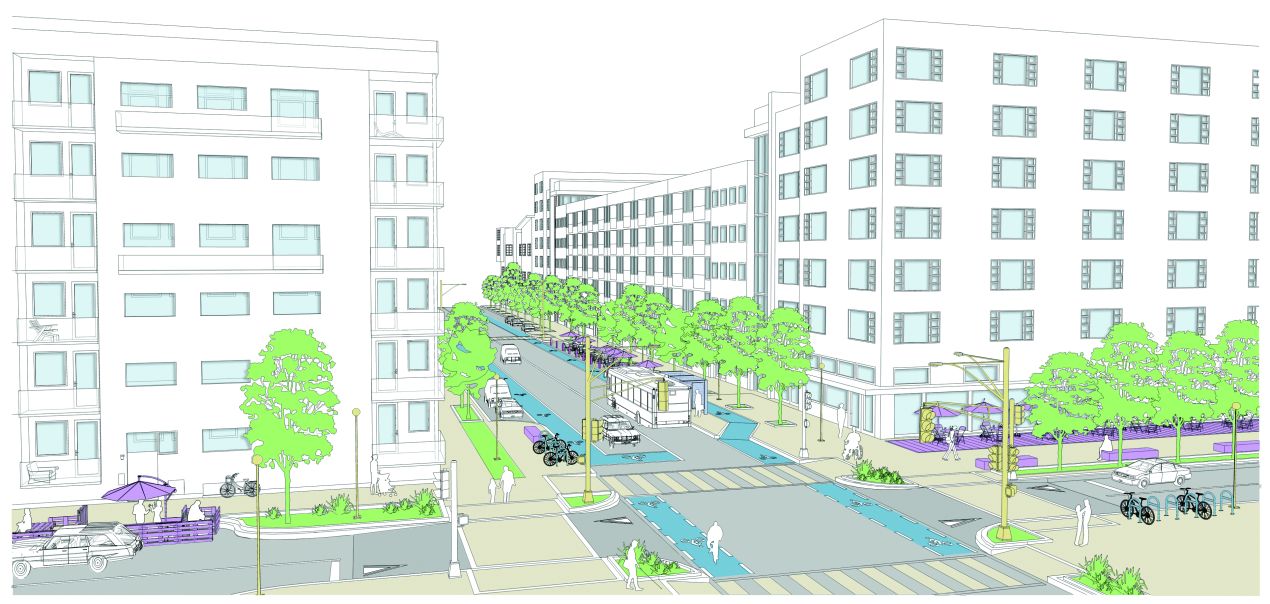Many cities face critical health issues, with poor air quality killing around 5.5 million people worldwide annually. In London, it is estimated that around 9,400 people die yearly due to air pollution. Taking a ‘complete streets’ approach can help address health issues and also make our cities more liveable.
Various sources contribute to air pollution and poor air quality in cities, but in Europe the biggest factor is traffic emissions. Our cities also feel the impact of the ‘urban heat island’ effect, which means that cities are warmer than their hinterlands, in some cases by up to 10°C. The record-breaking increases in global temperature we are experiencing due to climate change will worsen this, as higher temperatures help trap pollutants near to the earth’s surface.
Cities worldwide also face an increased prevalence of obesity. In a review of childhood obesity in ten major world cities, London had the most overweight children, with over a third seriously overweight by the time they leave primary school. London also had the second highest level of adult obesity, with only 57% of adults doing the recommended 150 minutes of exercise a week. Sedentary lifestyles are a key factor in being overweight, and increase the likelihood of heart disease and diabetes.
Across Europe our city populations are ageing, with many cities experiencing increased proportions of people over 65 years old compared with people of 64 or under. By 2035 the number of people over 60 in London will increase by 48% to almost two million, while those aged under 60 will increase by only 12%. Ageing has significant health implications, including chronic diseases and diminished quality of life due to reduced mobility and social exclusion.
These health issues are complex and multifaceted, requiring wide-ranging solutions. Urban planning including better street design can be part of the solution. Streets make up a significant proportion of land in our cities; in London 12.3% of land area is streets, almost as much as the 13.4% occupied by buildings.
Taking a more ‘complete’ approach to street design can result in better streets that both make cities more liveable and provide wider health benefits. Complete streets are designed to be safe, convenient and comfortable for everyone, regardless of transport mode, age, ability, income, race or ethnicity. Complete streets are also designed to support the creation of attractive places where people want to spend time.
Steer Davies Gleave recently prepared a Complete Streets Design Handbook for Orange County in California, USA. The urban form in Orange County is less compact and has lower density than many European cities, but many underlying health issues are the same. Moreover, the principles for designing streets to be more complete can readily be applied to European cities. A complete street includes facilities for walking, cycling, and public transport which support mode shift, reduce vehicle numbers, and therefore help reduce traffic emissions and improve air quality.
